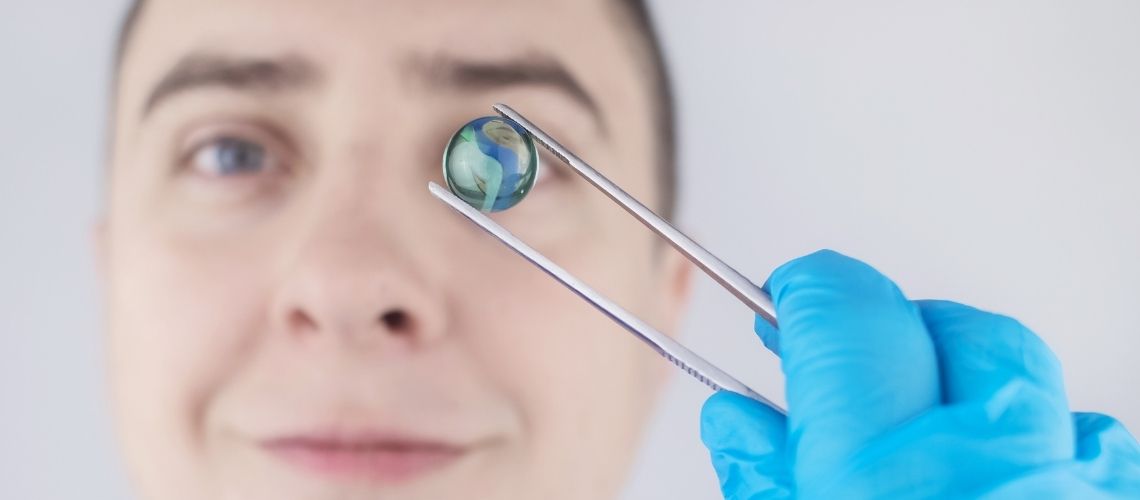Undergoing multifocal lens replacement marks a significant step toward clearer, more versatile vision. This transformative procedure allows individuals to enjoy improved sight across various distances, reducing reliance on glasses or contacts. However, the journey to fully embracing the benefits of multifocal lenses involves several distinct phases. From immediate post-surgery care to gradual visual adaptation and long-term advantages, understanding each stage is essential. This comprehensive guide delves into the nuances of recovery after multifocal lens replacement, providing insights into what to expect and how to navigate the process with confidence and ease.
Adjusting to New Vision
The period following multifocal lens replacement involves adapting to a remarkable transformation in your sight. As your eyes become accustomed to the multifocal lenses’ advanced capabilities, you might encounter initial challenges. The brain needs time to process the varying focal points provided by these lenses, which can lead to temporary blurriness or distortion. It’s common to experience phenomena like halos or glare around lights, particularly in low-light conditions. However, these visual disturbances tend to fade as your brain adjusts. Patience is key during this phase as your brain aligns its perception with the multifocal lenses’ design, eventually allowing you to enjoy the benefits of improved near and far vision without the need for corrective eyewear.
Immediate Post-Surgery Care
In the immediate aftermath of multifocal lens replacement surgery, it’s common to experience some sensitivity and discomfort in your eyes. Resting and avoiding strenuous activities are essential during this phase to aid the healing process. You might be prescribed antibiotic and anti-inflammatory eye drops to prevent infection and manage tissue inflammation. Using these drops as instructed will help minimize irritation and promote healing. Additionally, wearing an eye shield while sleeping is recommended to prevent inadvertent rubbing or bumping of your eyes. During this delicate period, it’s crucial to protect your eyes from dust, bright sunlight, and environments that could potentially introduce particles or irritants. Following your doctor’s guidelines closely and attending your scheduled follow-up appointments are vital for ensuring a smooth recovery. If you experience any sudden or severe pain, vision changes, or increasing discomfort, it’s important to promptly contact your eye doctor for guidance.
Gradual Visual Enhancement
Following multifocal lens replacement, your vision undergoes a progressive enhancement process. Initially, you might encounter visual anomalies like halos or glare, particularly in low-light conditions. These phenomena are often temporary and result from your brain adjusting to the multifocal lens design, which enables improved near and far vision. As your brain adapts, these effects tend to diminish, revealing the lenses’ intended benefits. Your brain learns to seamlessly transition between different focal points, providing clearer vision for various distances. This adaptation period, which can last a few weeks, is a normal part of the recovery process. During this time, maintaining regular communication with your eye doctor ensures that your progress is on track, and any concerns can be addressed promptly.
Follow-Up Appointments
Scheduled follow-up appointments with your eye doctor are an essential part of your multifocal lens replacement recovery. These appointments allow your doctor to closely monitor your healing progress, ensuring that your eyes are adjusting well to the multifocal lenses. During these visits, your doctor will assess your visual acuity, evaluate any changes in your vision, and address any concerns you might have. They will track your recovery timeline and make any necessary adjustments to your treatment plan. Regular check-ups also provide an opportunity to catch any potential issues early on, preventing complications and ensuring the best possible outcome. These appointments usually begin within a few days after your surgery and continue over the following months to ensure that your vision is stabilizing and improving as expected. Your doctor’s expertise and guidance throughout this process are key to a successful recovery and lasting visual enhancement.
Lifestyle Adjustments
During recovery, it’s wise to make temporary adjustments to your activities. While most daily tasks can be resumed within a week, certain activities that pose a risk to your eyes, such as swimming or heavy lifting, might need to wait a bit longer. Shielding your eyes from bright sunlight and wearing protective eyewear when necessary can aid healing and prevent complications.
Long-Term Benefits and Maintenance
Multifocal lens replacement can greatly reduce your dependence on glasses or contact lenses. As you continue your recovery journey, you’ll appreciate the convenience of clear vision across various distances. While the initial adjustment phase might require some patience, the long-term benefits often outweigh the temporary challenges. As you age, your eyes might still experience changes, but multifocal lenses can provide lasting improvements for many years.
Addressing Concerns
If you encounter persistent issues like severe pain, sudden vision changes, or increasing discomfort, it’s crucial to contact your eye doctor promptly. While minor fluctuations in vision and mild discomfort are normal during recovery, persistent or worsening symptoms could indicate a problem that requires immediate attention. Your doctor is your best resource for addressing concerns and ensuring your recovery journey stays on track.


